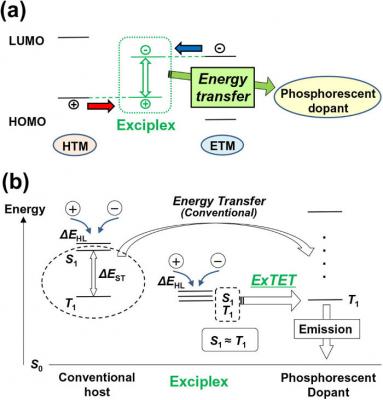Universal Display reports strong Q4 2016 results
Universal Display reported its financial results Q4 2016: revenues were $74.6, up 20% from Q4 2015. Material sales were $29.2 million (emitter sales increase 25% over Q3 2016) and Samsung's licensing revenues were $37.5 million. The net income in Q4 2016 was $25.8 million. 
UDC's revenues in 2016 reached $198.9 million, up slightly from 2015 ($191 million) - mostly driven by higher royalty and license fees (commercial material sales revenues were lower than in 2015). Net income in 2016 was $48.1 million, and operating cash flow was $80.3 million.







